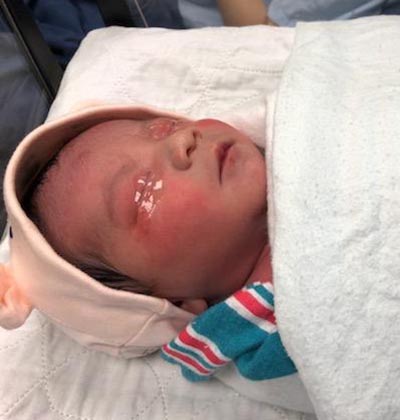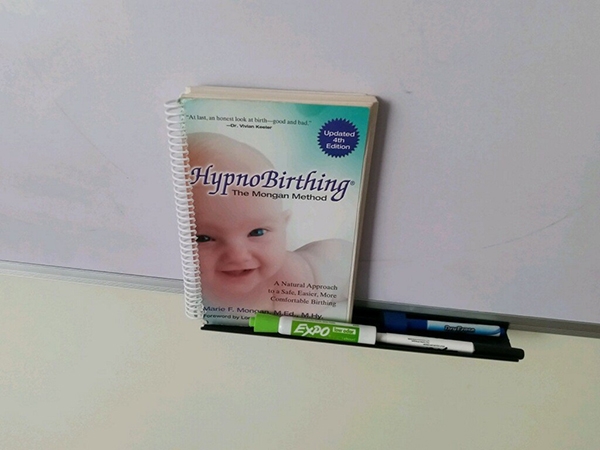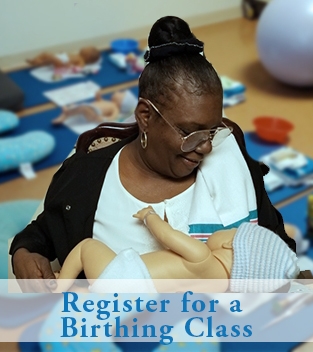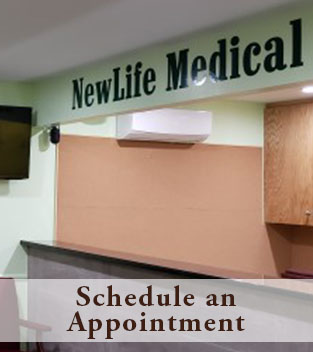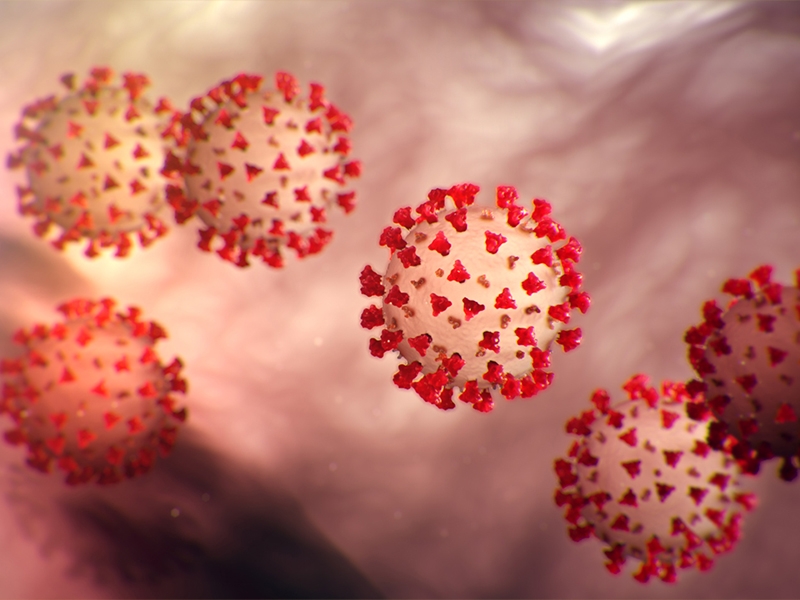
https://www.cdc.gov/coronavirus/2019-ncov/hcp/inpatient-obstetric-healthcare-guidance.html
Mother/Baby Contact
- It is unknown whether newborns with COVID-19 are at
increased risk for severe complications. Transmission after birth via
contact with infectious respiratory secretions is a concern. To reduce the
risk of transmission of the virus that causes COVID-19 from the
mother to the newborn, facilities should consider temporarily separating
(e.g., separate rooms) the mother who has confirmed COVID-19 or is a PUI
from her baby until the mother’s transmission-based precautions are
discontinued, as described in the Interim Considerations for Disposition of Hospitalized
Patients with COVID-19. See the considerations
below for temporary separation:
- The risks and benefits of temporary separation of the mother from her baby should be discussed with the mother by the healthcare team.
- A separate isolation room should be available for the infant while they remain a PUI. Healthcare facilities should consider limiting visitors, with the exception of a healthy parent or caregiver. Visitors should be instructed to wear appropriate PPE, including gown, gloves, face mask, and eye protection. If another healthy family or staff member is present to provide care (e.g., diapering, bathing) and feeding for the newborn, they should use appropriate PPE. For healthy family members, appropriate PPE includes gown, gloves, face mask, and eye protection. For healthcare personnel, recommendations for appropriate PPE are outlined in the Infection Prevention and Control Recommendations.
- The decision to discontinue temporary separation of the mother from her baby should be made on a case-by-case basis in consultation with clinicians, infection prevention and control specialists, and public health officials. The decision should take into account disease severity, illness signs and symptoms, and results of laboratory testing for the virus that causes COVID-19, SARS-CoV-2. Considerations to discontinue temporary separation are the same as those to discontinue transmission-based precautions for hospitalized patients with COVID-19. Please see Interim Considerations for Disposition of Hospitalized Patients with COVID-19.
- If colocation (sometimes referred to as “rooming in”)
of the newborn with his/her ill mother in the same hospital room occurs
in accordance with the mother’s wishes or is unavoidable due to facility
limitations, facilities should consider implementing measures to reduce
exposure of the newborn to the virus that causes COVID-19.
- Consider using engineering controls like physical barriers (e.g., a curtain between the mother and newborn) and keeping the newborn ≥6 feet away from the ill mother.
- If no other healthy adult is present in the room to care for the newborn, a mother who has confirmed COVID-19 or is a PUI should put on a facemask and practice hand hygiene1 before each feeding or other close contact with her newborn. The facemask should remain in place during contact with the newborn. These practices should continue while the mother is on transmission-based precautions in a healthcare facility.
Breastfeeding
- During temporary separation, mothers who intend to breastfeed should be encouraged to express their breast milk to establish and maintain milk supply. If possible, a dedicated breast pump should be provided. Prior to expressing breast milk, mothers should practice hand hygiene.1 After each pumping session, all parts that come into contact with breast milk should be thoroughly washed and the entire pump should be appropriately disinfected per the manufacturer’s instructions. This expressed breast milk should be fed to the newborn by a healthy caregiver.
- If a mother and newborn do room-in and the mother wishes to feed at the breast, she should put on a facemask and practice hand hygiene before each feeding.
Hospital Discharge
- Discharge for postpartum women should follow recommendations described in the Interim Considerations for Disposition of Hospitalized Patients with COVID-19.
- For infants with pending testing results or who test negative for the virus that causes COVID-19 upon hospital discharge, caretakers should take steps to reduce the risk of transmission to the infant, including following the Interim Guidance for Preventing Spread of Coronavirus Disease 2019 (COVID-19) in Homes and Residential Communities.
Footnote:
1 Hand hygiene includes use of alcohol-based hand sanitizer that contains 60% to 95% alcohol before and after all patient contact, contact with potentially infectious material, and before putting on and upon removal of PPE, including gloves. Hand hygiene can also be performed by washing with soap and water for at least 20 seconds. If hands are visibly soiled, use soap and water before returning to alcohol-based hand sanitizer.


